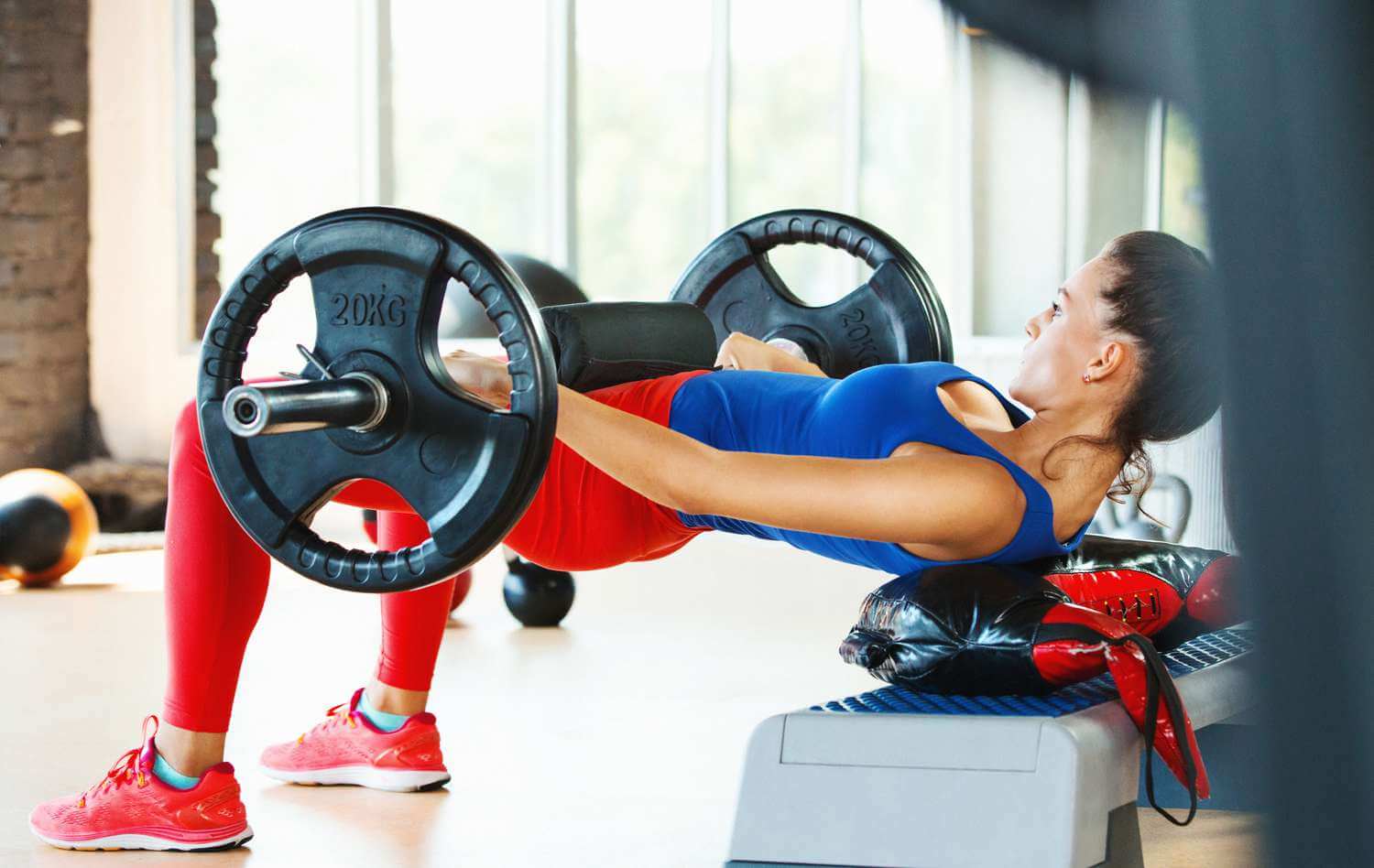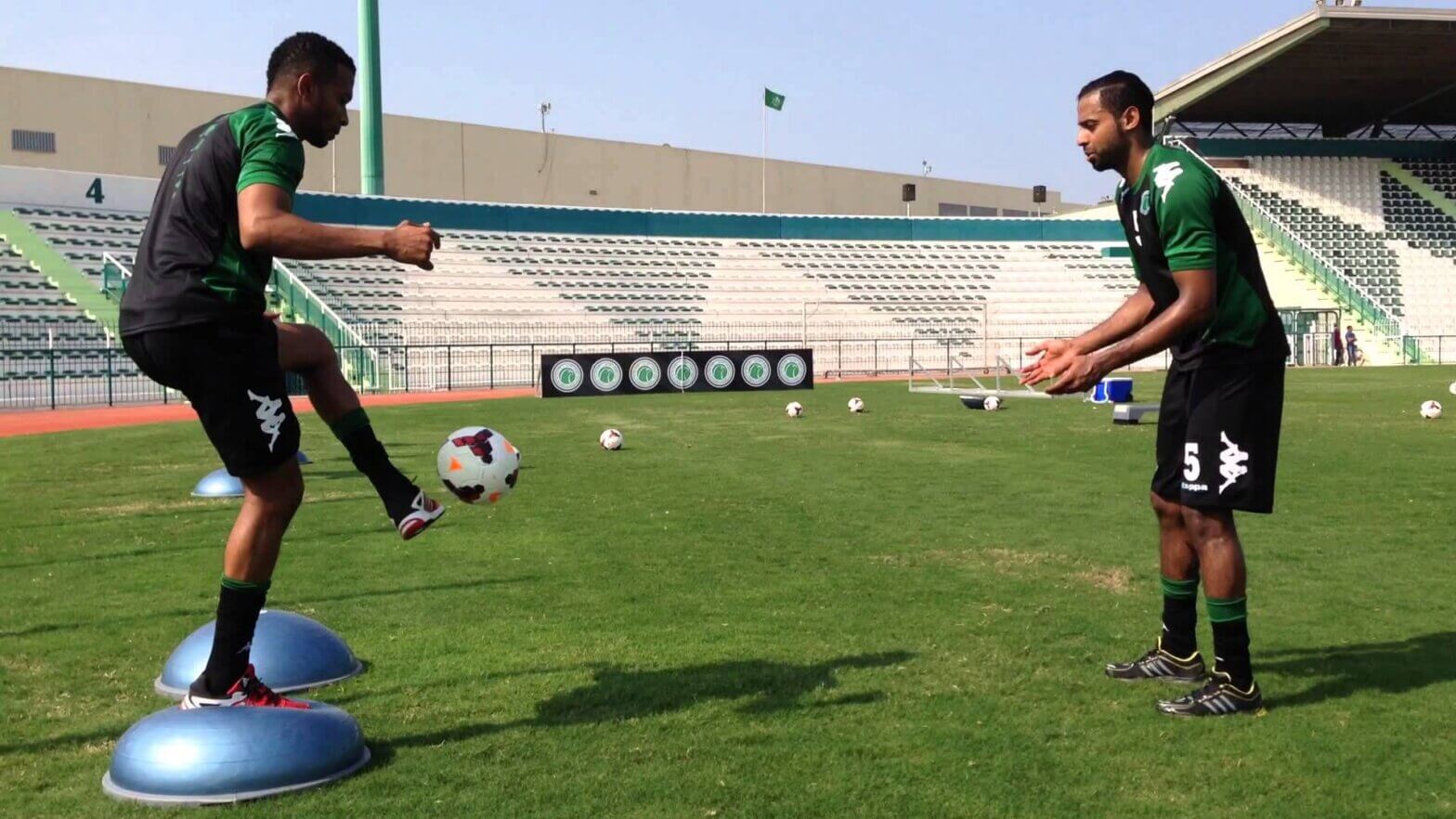Which Exercise is Best?
The Bridge and Hip Thrust are commonly used exercises in physical therapy as well in the gym. A recent study has examined muscle activity during both of the exercises. Though they seem similar, the exercises differ in muscle activation. The muscles examined in the study include: the erector spinae, which extend the low back, the gluteus maximus, which mainly performs hip extension, and the biceps femoris (part of the hamstrings), which also extends the hip but has a primary role of flexing the knee. So which one should you do?
The Hip Thrust
During the hip thrust, muscle activity was highest in the gluteus maximus compared to the bridging exercise (Kim, 2021). Muscle activity in the biceps femoris was found to be significantly lower than when performing bridges (Kim, 2021). The study also found erector spinae activity to be highest when the thighs were abducted (separated) to at least 30 degrees (Kim, 2021). In summary, the hip thrust exercise is most beneficial for you if you are looking to target glute maximus activation to improve hip extension.
The Bridge
The study examined performing bridges with knee angles at 60, 90, and 120 degrees. The data shows with the bridge, there is greater biceps femoris activation throughout the exercise than gluteus maximus (Kim, 2021). Performing the bridge with a knee angle of 60 degrees showed to have the highest peak biceps femoris and erector spinae activation (Kim, 2021). To increase glute maximus activation during the bridge exercise, the knee angle should be increased to 120 degrees as the study shows increasing glute activation at higher degrees of knee flexion (Kim, 2021). However, the glute activation in the bridge was not as significant compared to the hip thrust. In summary, the bridge at 60 degrees of knee flexion is the more beneficial exercise to target biceps femoris (hamstring) activation.
How Do I Know Which One To Do?
The exercise prescription will depend on which muscle is weak and/or not activating appropriately. Weakness or pain in either of the muscles above can present as soreness or sharp pains that can affect how you walk, sitting for extended periods of time, or preventing you from participating in your favorite recreational activities.
What To Do Next
If you are having difficulty with your daily or recreational activities due to weakness or pain around your hip or low back, contact the Respire PT Team today by phone at 703-671-1871 or click here to request an appointment with a Physical Therapist. Let us help you get back to your favorite activities without being slowed down by leg pain.

References
- Kim, D., Jung, J., & Chung, Y. (2021). The effects of performing bridge exercise and hip thrust exercise using various knee joint angles on trunk and lower body muscle activation in healthy subjects. Physical Therapy Rehabilitation Science, 10(2), 205–211. https://doi.org/10.14474/ptrs.2021.10.2.205 https://www.jptrs.org/journal/view.html?uid=295&pn=lastest&vmd=Full
Tags: glute bridge, Strengthen Hips, choosept, arlingtonva, alexandriava, fallschurchva, ptworks, movementismedicine, evidenced based pt, Physical Therapy, pt education, Respire Physical Therapy, hip thrust, physical therapist



